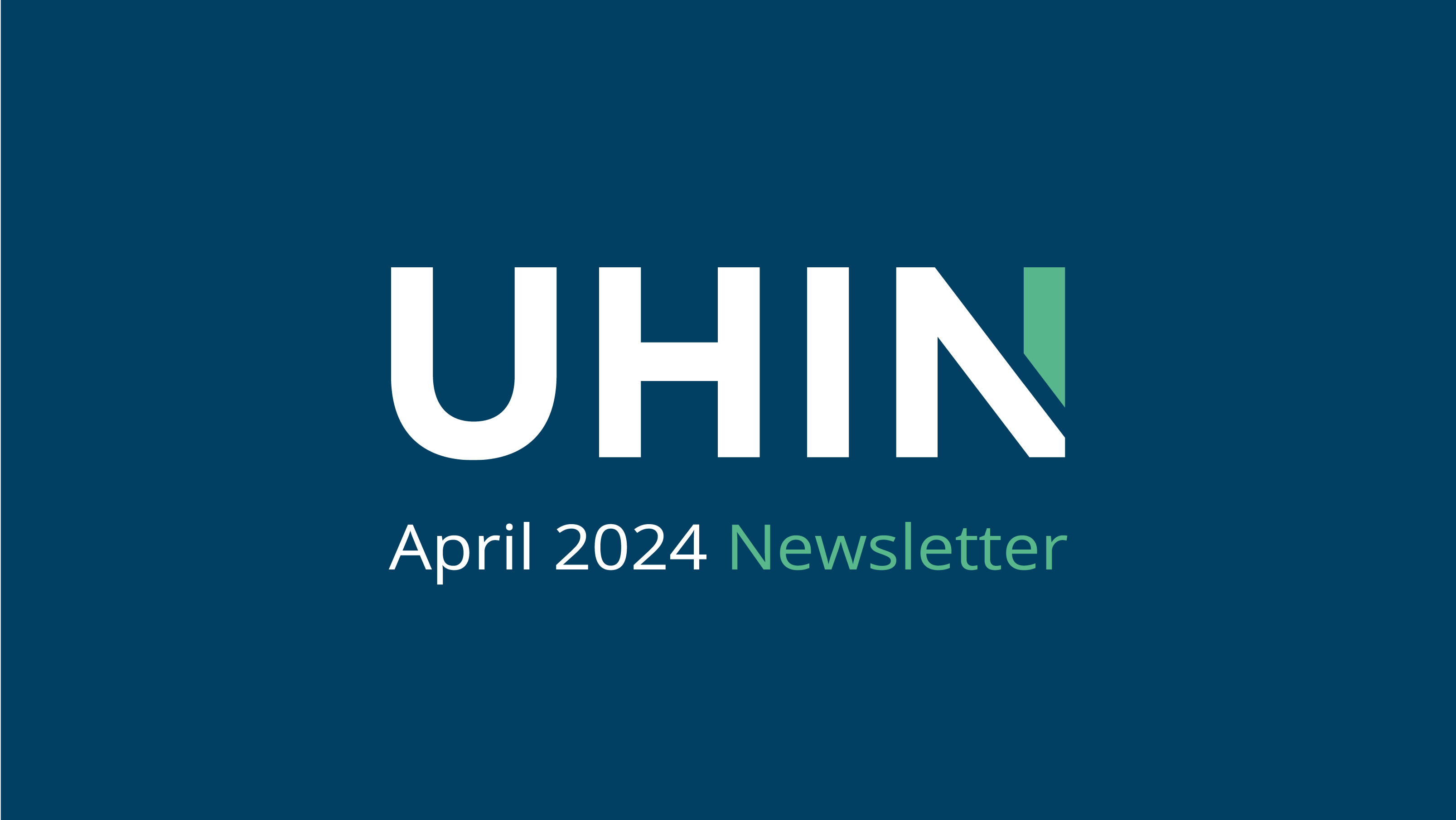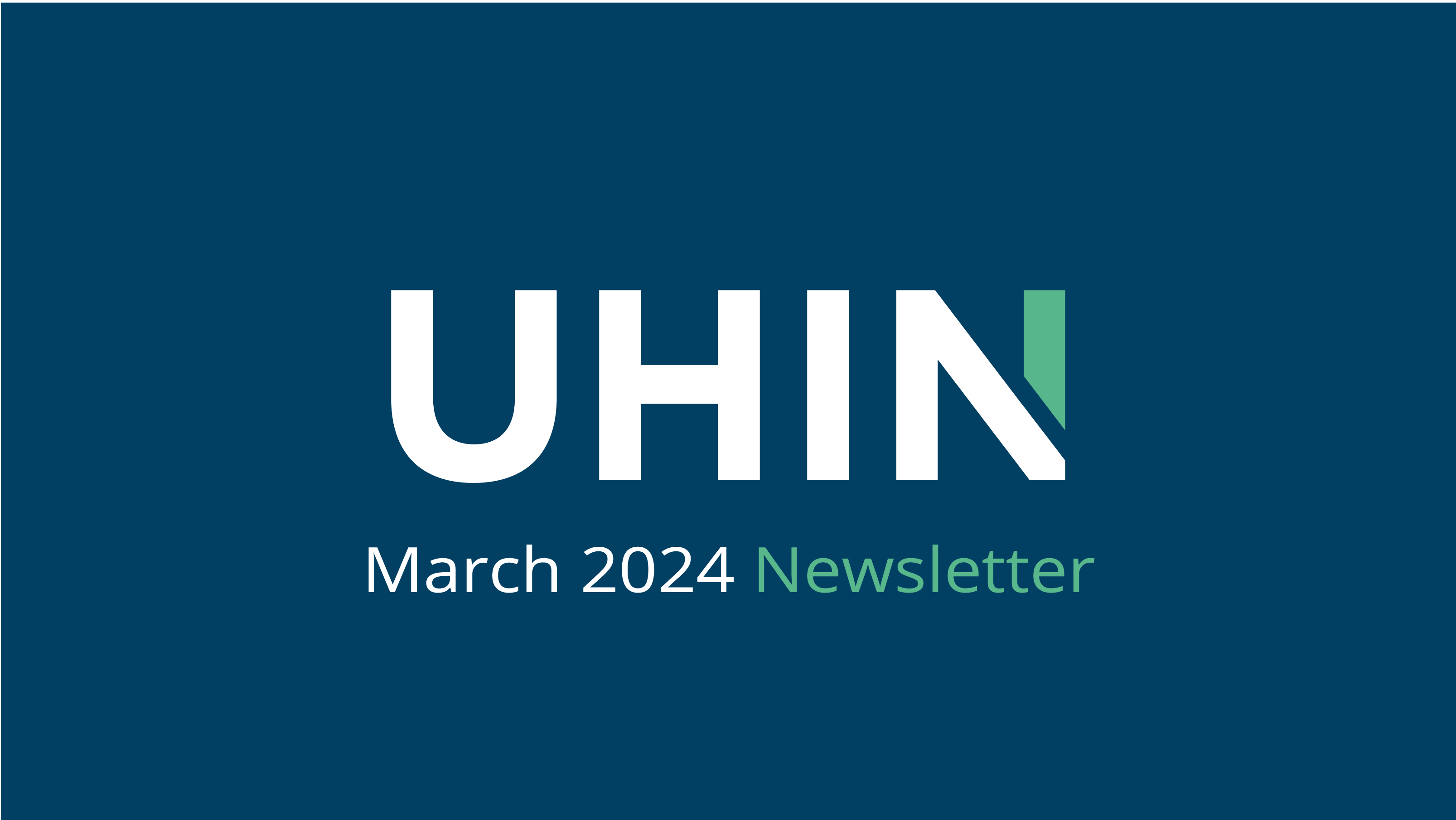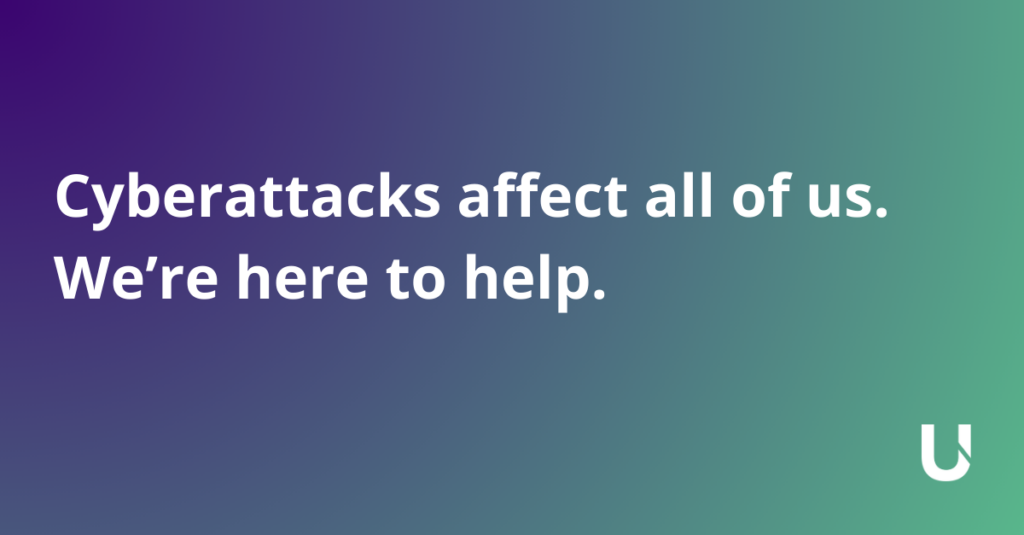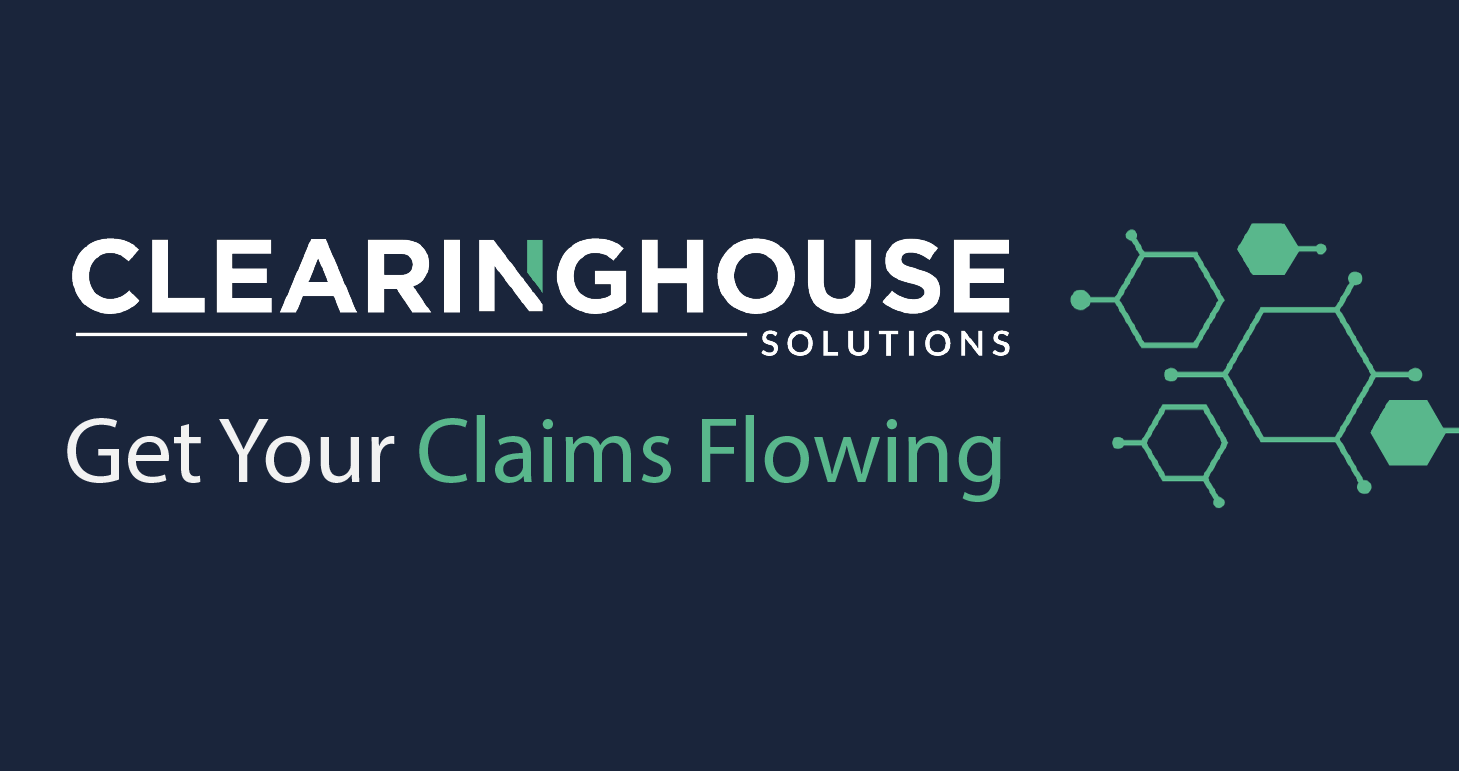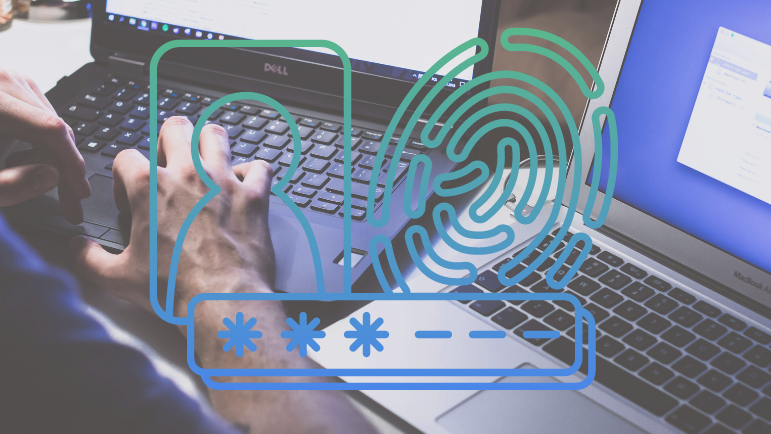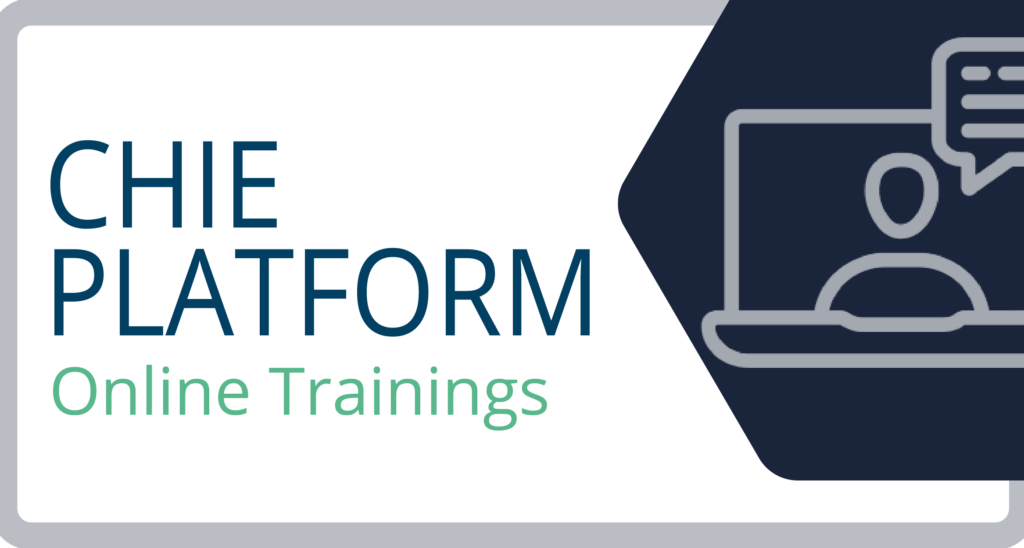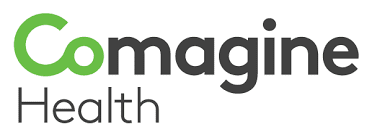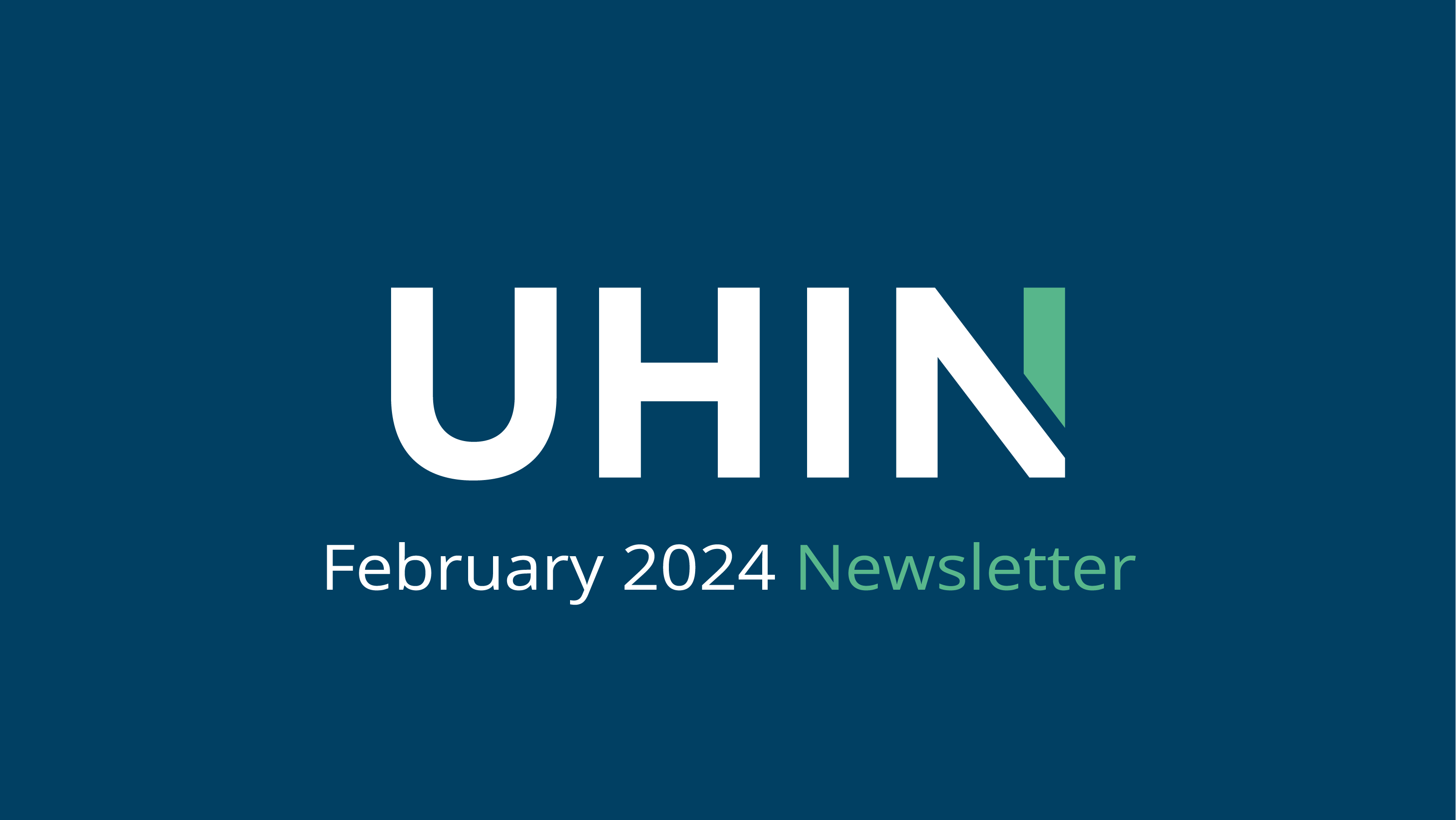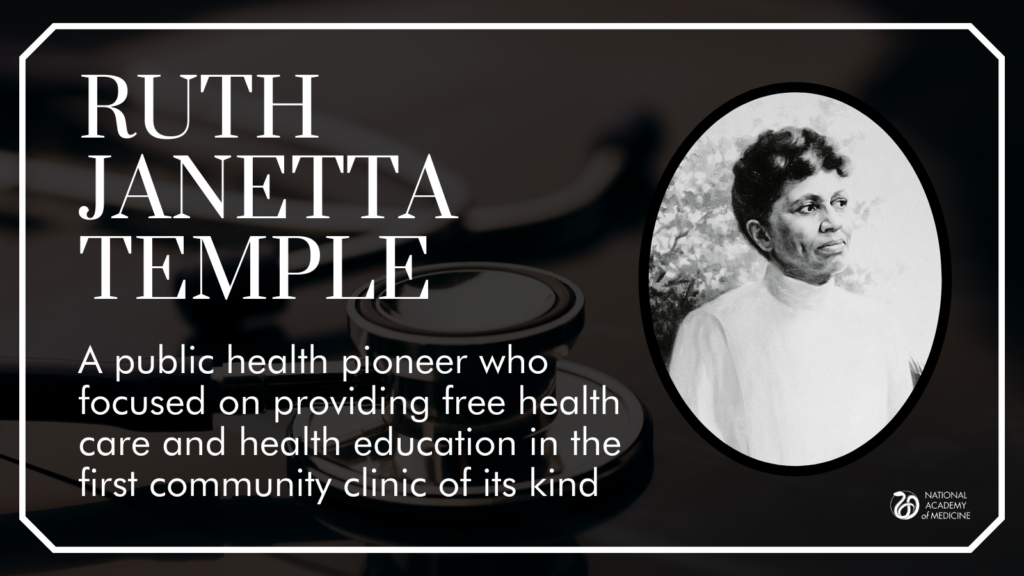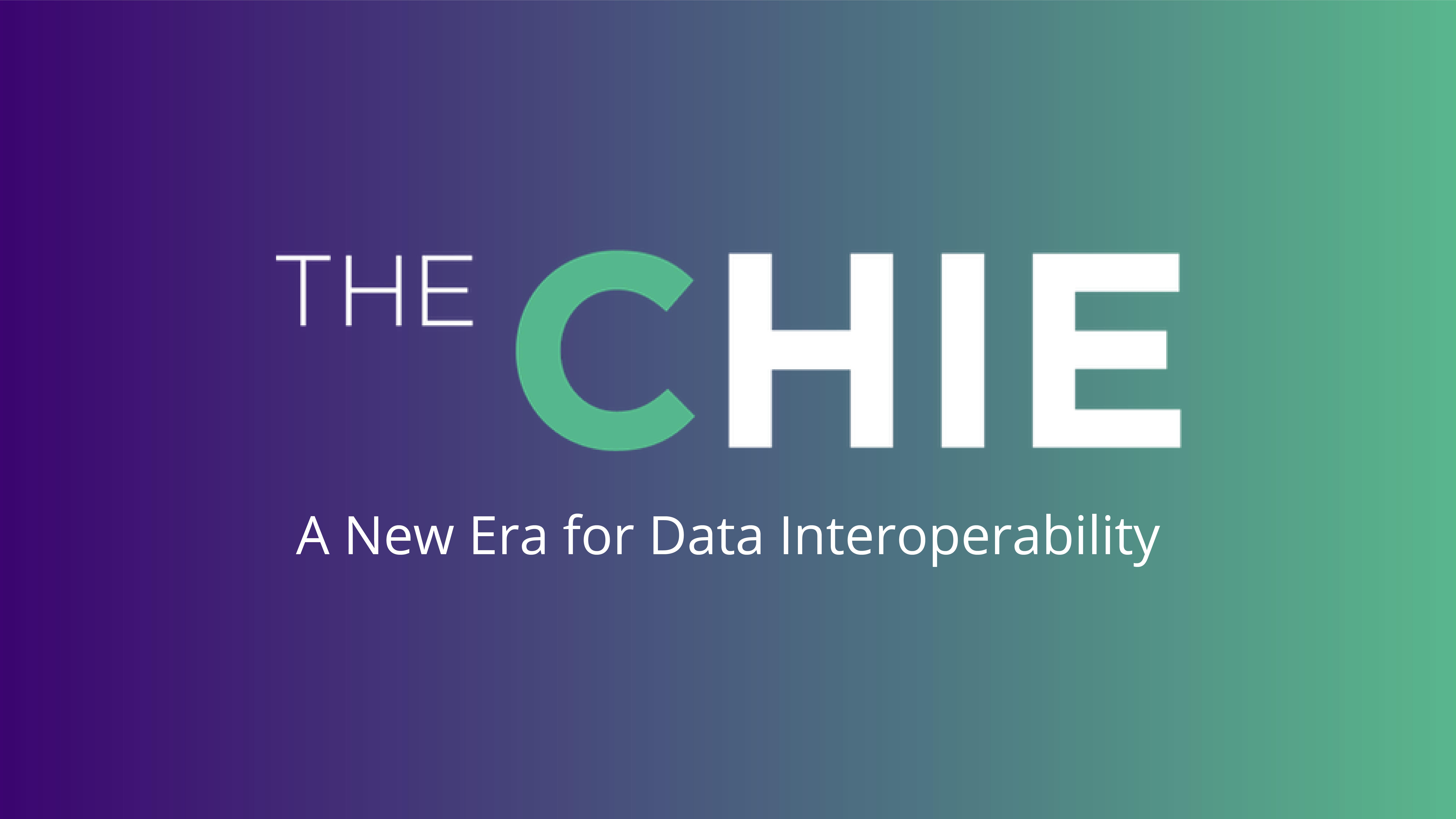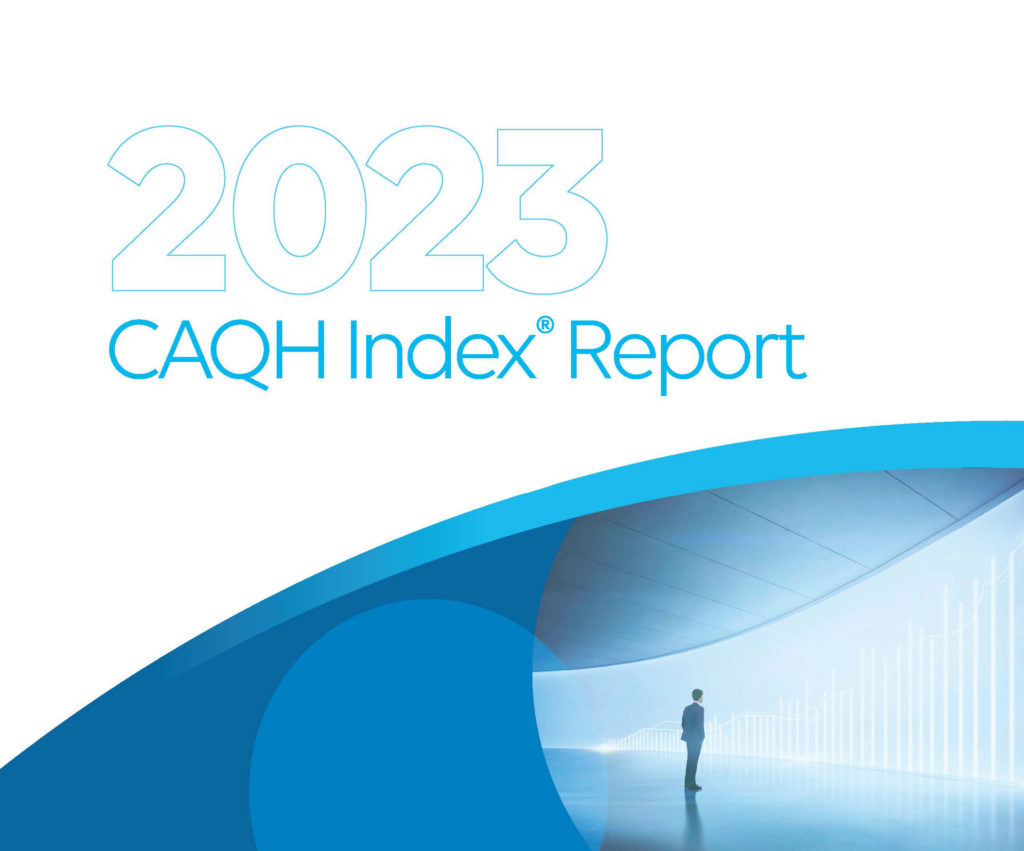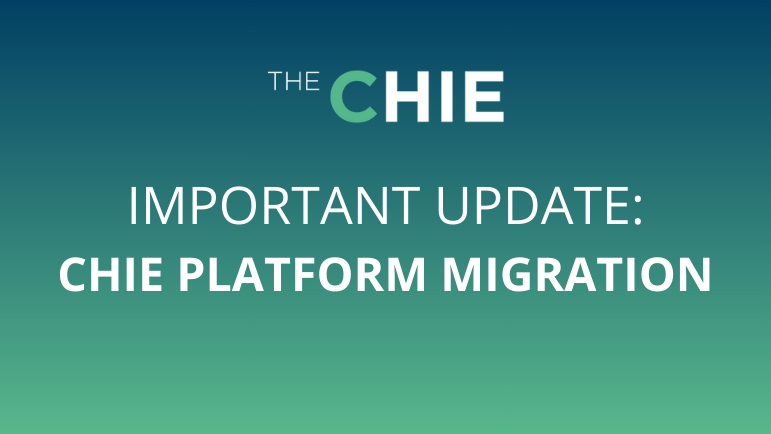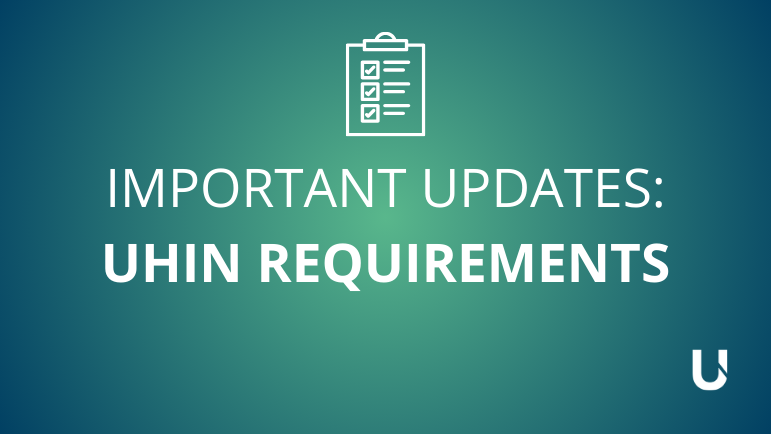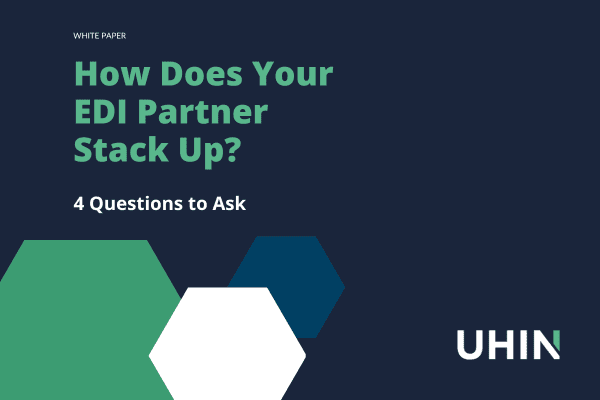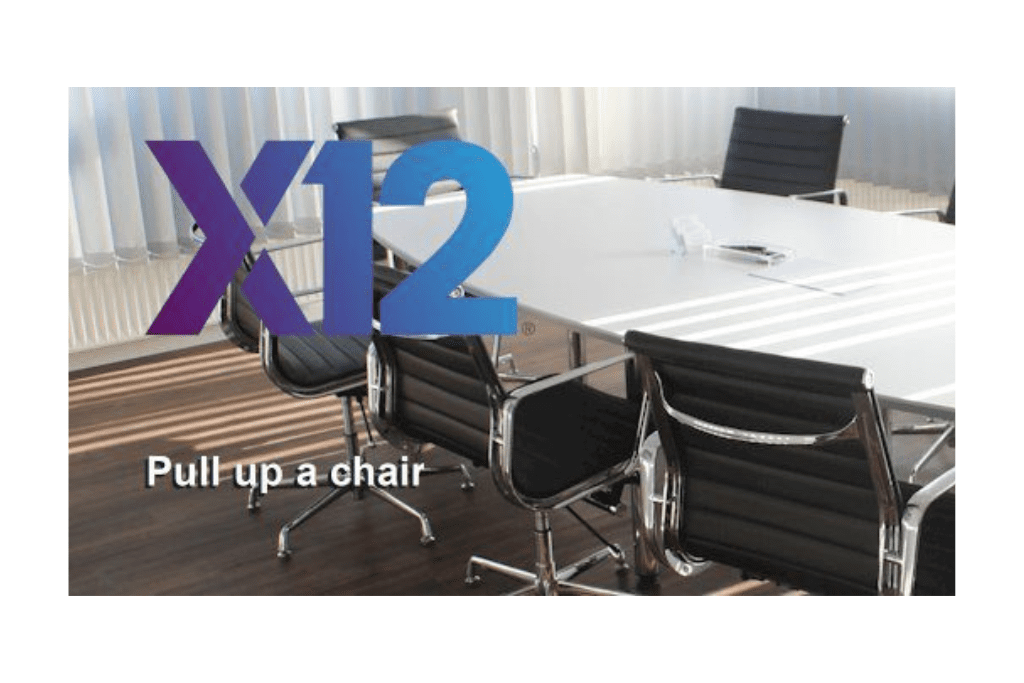
APRIL 2024
April’s Big News: Comagine Health Affiliation
This month we announced our affiliation with Comagine Health and added new CHIE data sources from CommonSpirit Health. We look forward to growing with our new strategic partners, customers, and you! Keep reading for what else happened in April and what’s coming up next month.
P.S. Follow our LinkedIn page for more frequent news, posts and insights
Spotlight
UHIN and Comagine Health Announce Our Affiliation
“Aligning our health care knowledge and expertise through affiliation is a profound opportunity to advance our parallel missions, while delivering greater success to our customers and partners. We have collaborated successfully for more than a decade. As affiliates, UHIN and Comagine Health can serve as a unified force for change in health care for the foreseeable future.”
- Brian Chin, UHIN’s Chief Executive Officer
Keep scrolling for more information on our affiliation.
HIT News
The Full Release on our Affiliation
We have announced our official affiliation with Comagine Health, a national nonprofit healthcare consulting firm. We have a long history of working together over the last decade on federal and state initiatives to advance electronic health record (EHR) adoption, cost transparency reporting, capacity and functionality of all-payer claims databases (APCDs) and interoperability and surveillance activities. Combining our technology solutions and Comagine Health’s analytic services will enable more actionable health insights and more sustainable, transformational improvements for communities.
From the UHIN Blog
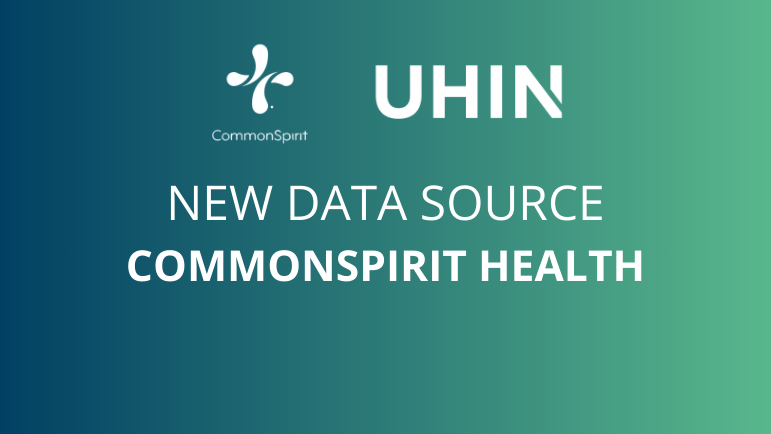
The CHIE adds CommonSpirit Health as a Data Source
The CHIE continues to add important data sources, providing healthcare professionals with vital medical information when it is needed most. Recently, we’ve onboarded CommonSpirit Health as a data source.
Events

2024 WEDI Spring Conference Next Month
We’re attending the WEDI Spring Conference from May 13 – 16 (virtually). We look forward to learning more from experts, like Aneesh Chopra, about solutions to improve information exchange, enhance care quality, and reduce cost and burden.
Are you planning to attend online, too?
Trainings and Webinars
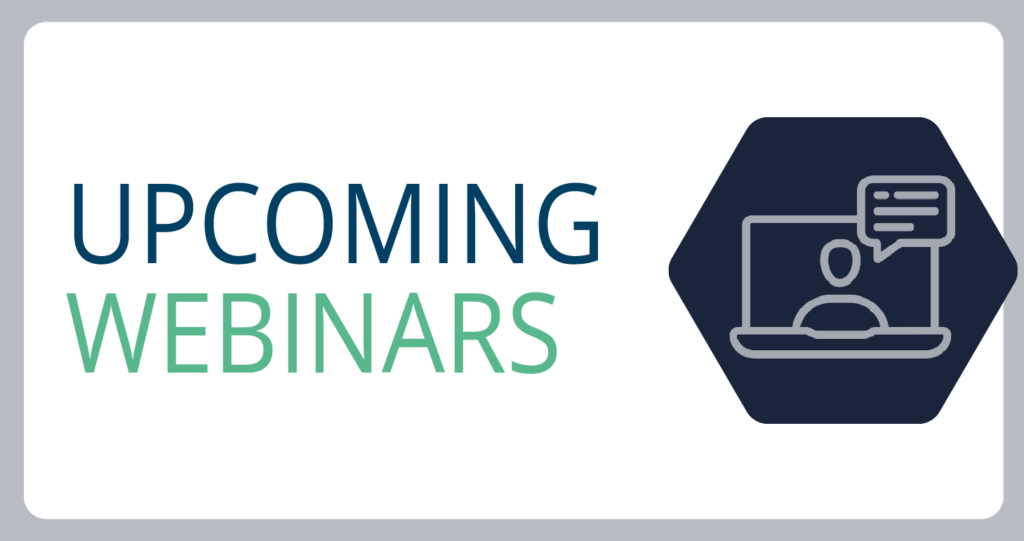
Virtual Payer Panels in the Works
In addition to online product trainings for our customers, we’re preparing virtual payer panels for later this year. These will be similar to the payer panels you may have attended in previous years at the HIT Conference.
Wrapping Up
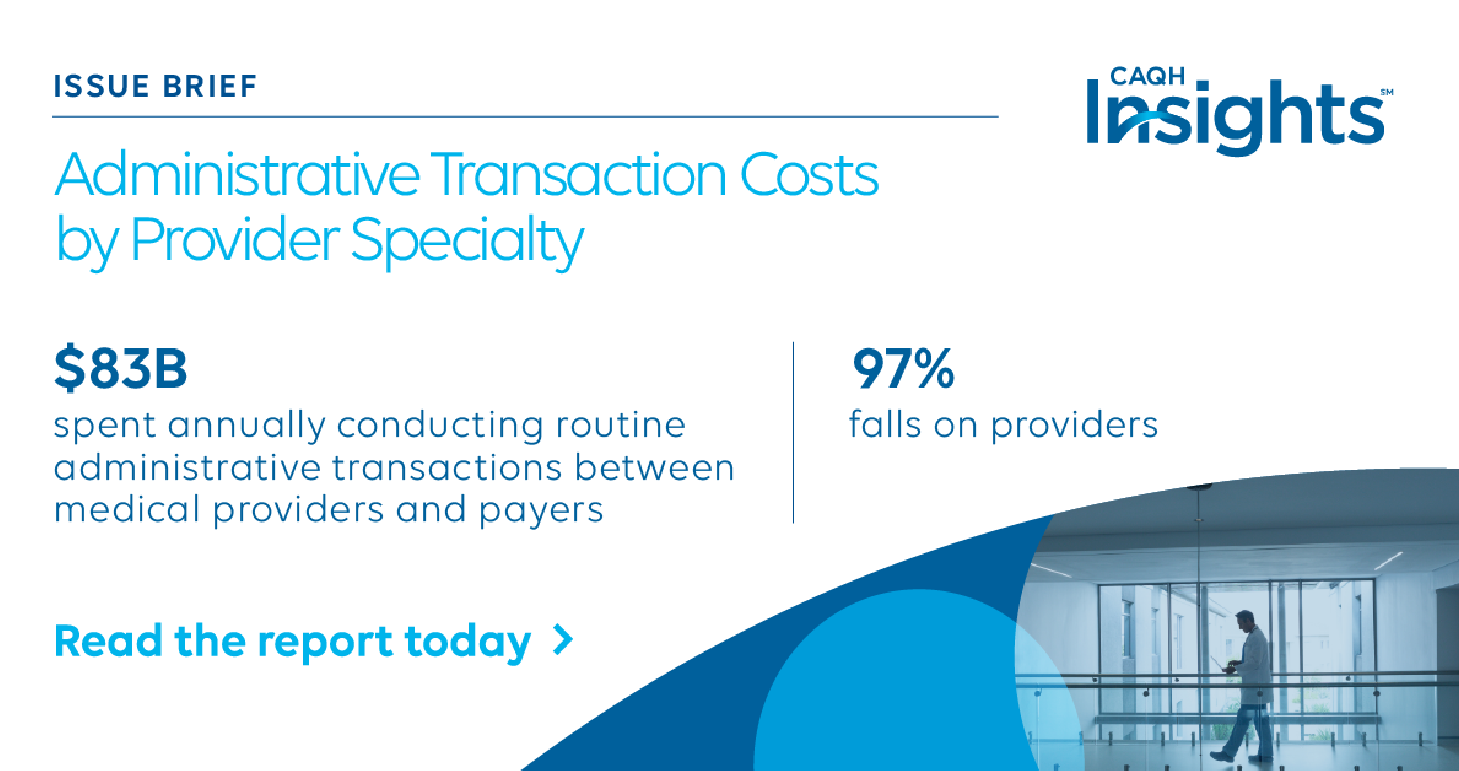
Report: Significant Differences in Administrative Costs
We’re reading the recent CAQH report on the wide differences in administrative transaction costs for generalists, specialists and behavioral health providers. “The medical industry spends an astonishing $83 billion annually on staff time to conduct routine administrative transactions between providers and health plans during and after a patient-provider encounter. Providers shoulder 97 percent of these costs.”

